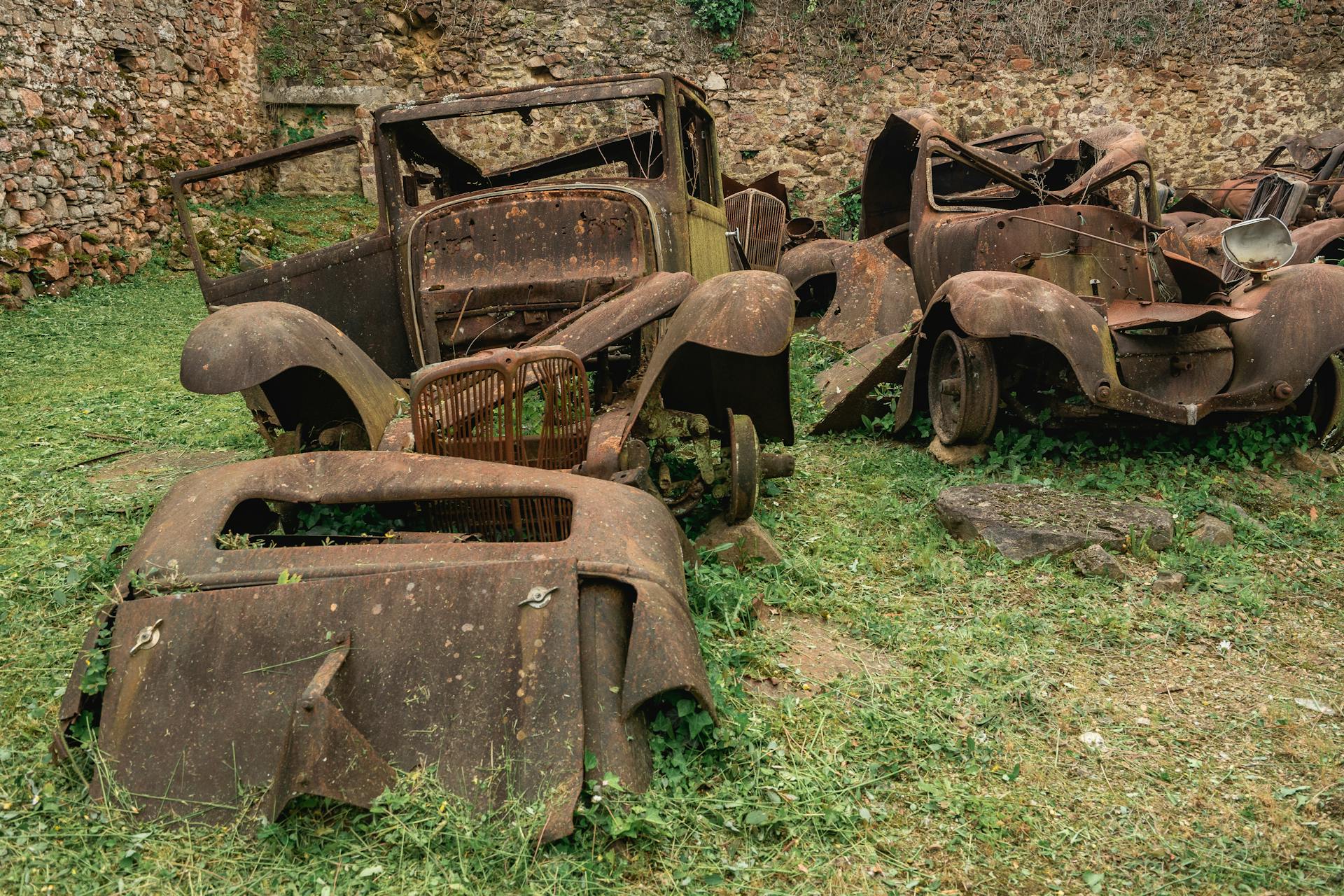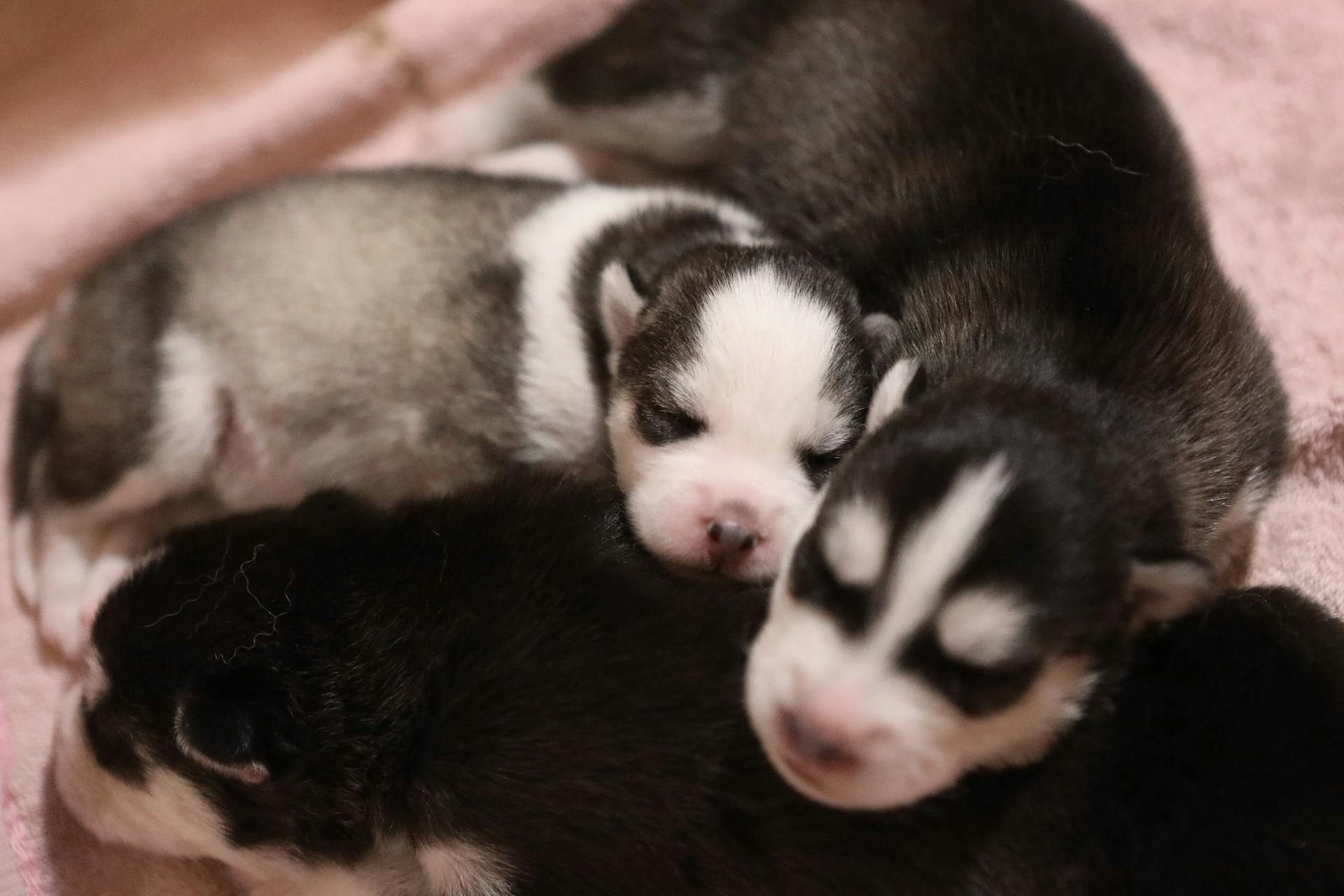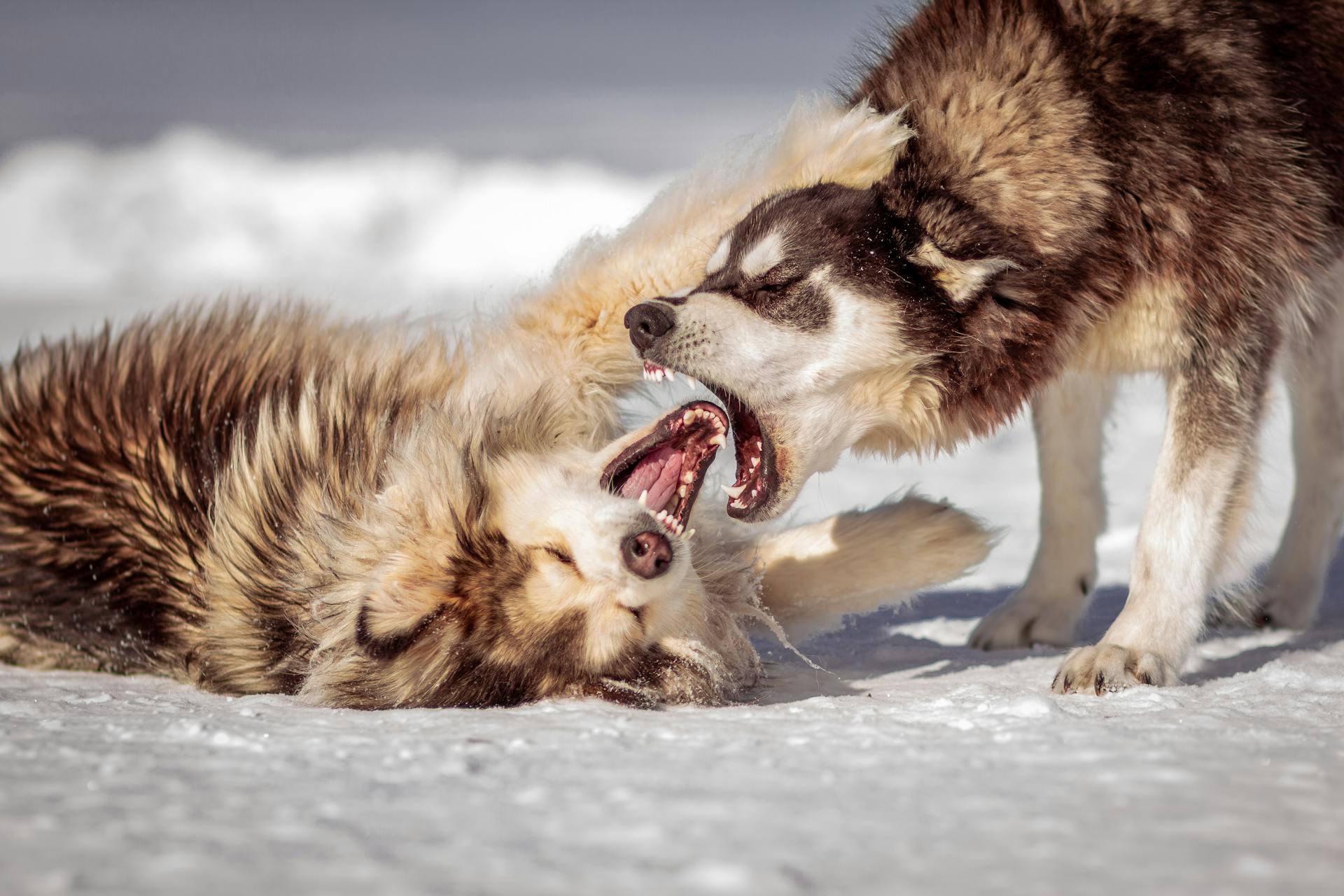
Military dogs played a crucial role in World War 2, serving in various capacities such as sentries, scouts, and messengers. They were trained to detect and locate enemy soldiers, as well as to deliver vital information to troops.
Some of the most notable military dogs of WW2 were German Shepherds, who were used for sentry duties due to their keen sense of smell and loyalty. They were often paired with their handlers, forming strong bonds that helped them work together effectively.
Military dogs were also used in mine detection, where they would sniff out and identify explosive devices. Their keen sense of smell and agility allowed them to navigate through tight spaces and detect mines that might have otherwise gone undetected.
Their bravery and dedication to their duties were truly remarkable, and their contributions to the war effort should not be forgotten.
WWII Dog Roles
Dogs played a vital role in WW2, serving as messengers, draft animals, medical dogs, and even paratroopers.
The Germans selected the smartest dogs for messenger duty, training them to follow scent trails and deliver messages over long distances. They used a special mixture of water and a molasses-like substance smelling like root beer to create the trails.
Messenger dogs were trained to find their way back to their handlers by memory, and could cover a range of up to eight miles. One German shepherd named Caesar delivered a message over 10.2 miles in just 32 minutes.
In the Italian Campaign, dogs were used to help lay wire communications in difficult terrain, and even pulled carts full of supplies for the German Gebirgsjaeger mountain troops.
Draft dogs were used to pull small carts and sleds, and were especially popular with the German mountain troops. Canadian and American dogsled teams were used to locate and rescue downed pilots in harsh northern weather conditions.
The British used dogs to locate wounded men among the dead and saved countless lives. German first-aid dogs were trained to ignore men who were standing or walking and concentrate only on men lying on the ground.
A British collie named Rob made 20 combat jumps while serving with the British Special Air Service commandos in North Africa, making him the first active duty airborne dog.
In the Battle of the Bulge, Colonel Norman Vaughan flew in 200 sled dogs from Arctic commands to use as dog sled ambulances, and they were eventually dropped by parachute to reach the wounded soldiers.
Intriguing read: A Dog Named Gucci
American Dog Volunteers
After Pearl Harbor, American dog owners quickly stepped in to help by forming "Dogs for Defense, Inc" (DFD), which secured the endorsement of the American Kennel Club.
The DFD provided a way for Americans to donate their dogs to the U.S. Army Quartermaster General's Plant Protection Branch, where they received an abbreviated training to work with security teams at U.S. production facilities to protect against saboteurs.
Some of the dogs were also used in coastal and beach patrols, but the varying levels of experience among trainers and the inconsistent performance of the dogs were issues that arose in the early program.
A wide range of dogs was accepted into the early program, and some breeds were not up to the task, which was a challenge for the DFD civilian volunteers.
By July 1942, the Secretary of War had assigned the responsibility of procuring and training U.S. Army dogs to the Remount Branch of the Quartermaster Corps.
WWII Dog Operations
The use of dogs in World War II was a crucial aspect of military operations, with various countries employing them for different tasks.
Soviet forces used dog mines against German tanks, but the idea was short-lived due to the dogs' confusion and panic in combat. The dogs were trained to run under enemy tanks with anti-tank mines attached to their backs, but the plan was often unsuccessful.
Dogs were also used as medical dogs, locating wounded men among the dead and saving countless lives. Russian medical dogs of World War I were trained to drag wounded men to safety, a mission continued mainly in the European Theater during World War II.
Here are some examples of dog operations in WWII:
The use of dogs in WWII showcased their versatility and importance in military operations, from medical dogs to sentry dogs.
Reliable Messenger Dog
The Reliable Messenger Dog was a crucial component of WWII dog operations. They were used extensively by both the Germans and the Allies.
The Germans selected only the smartest dogs for messenger duty, training them to follow scent trails. They used a 10-to-1 mixture of water and a molasses-like substance smelling like root beer to create these trails.
The British and American forces also used messenger dogs, often with two handlers. One handler would stay at headquarters while the other took the dog to its destination, where it would return with a message.
Allied forces considered a messenger dog's maximum range to be about eight miles, usually less. However, one German Shepherd named Caesar set a record by delivering a message over 10 1/2 miles in 32 minutes.
Speed was not the primary concern, though. The reliability of messenger dogs was what mattered most. They were faster than human runners, but their ability to consistently deliver messages made them invaluable.
In mountainous terrain, messenger dogs were used to lay wire communications, as well as to help pull wire up slopes that were too difficult for men to climb.
Guard and Patrol
Dogs used in guard and patrol roles were trained to be extremely quiet, moving 30 to 40 yards ahead of human patrollers.
They were specially trained to rely on their keen senses, particularly their sense of smell, to detect enemy personnel.
The Americans, British, and Germans all used these dogs in different capacities, with the Americans calling them "scout dogs".
These dogs were invaluable in the Pacific Theater, where Japanese soldiers often infiltrated through friendly lines undetected.
In the Pacific and China-Burma-India Theaters, sentry dogs proved particularly useful in detecting Japanese soldiers, who relied on stealth to infiltrate friendly lines.
Guard dogs were also used to safeguard field positions, command posts, airdromes, and supply dumps, as well as to guard important industrial facilities against sabotage.
The Germans were particularly fond of using sentry dogs, and found that they were more effective at detecting enemy personnel through sight and sound than through smell and trailing.
A fresh viewpoint: Cute Guard Dogs
American forces found that a three-man dog team was more effective on perimeter guard than a six-man squad.
These dogs were often used in conjunction with human patrollers, who relied on the dogs' keen senses to detect enemy presence before it was too late.
On Bougainville, a Marine War Dog Platoon was deployed, which proved to be an unqualified success, with the dogs providing invaluable support to the Marines.
The dogs were used for a variety of tasks, including carrying messages, detecting enemy positions, and providing early warning of enemy attacks.
Combat
Combat was a harsh reality for dogs in WWII, and they were used in various ways to aid their human counterparts. The Soviet Union trained dogs to run under enemy tanks with anti-tank mines attached to their backs, a method that proved to be more complicated than it seemed.
Dogs were fitted with a canvas body harness and a wooden dowel detonator that was meant to trigger the explosives when they crawled beneath a panzer. However, the dogs often became confused and panicked in the chaos of war, running under friendly tanks as often as enemy ones.
The German Army quickly learned of the Hundminen and ordered their troops to shoot all dogs on sight. This made the use of dog mines a short-lived and ultimately unsuccessful tactic.
The Marine Corps also used dogs in combat, with the 1st Marine War Dog Platoon seeing action on Bougainville in November 1943. The dogs proved to be invaluable in various ways, including carrying messages and alerting their handlers to enemy positions.
One notable example is Caesar, a German Shepherd who carried messages for M Co. on D-day, establishing himself as a hero. He was wounded on the morning of D plus 2 but continued to serve his unit.
The Marine Raiders were enthusiastic about the war dogs and recognized their potential for use in combat. They noted that the dogs had proven themselves to be an unqualified success, and their use was on trial.
The following are some examples of the war dogs' exploits on Bougainville:
- Caesar carried messages, overlays, and captured Jap papers on D-day.
- On D-day Plus 1, Caesar was the only means of communication for M Co. when their telephone lines were out.
- Otto alerted the position of a machine gun nest on D plus 1, allowing the patrol to take cover without casualties.
- Jack carried a vital message back from the company about a roadblock on D plus 6, despite being shot in the back.
- Jack also alerted a sniper's position on D plus 7, allowing a BAR man to eliminate the threat.
WWII and Dogs
During WWII, dogs played a crucial role in various capacities. Messenger dogs were the most common and important role, with the Germans selecting only the smartest dogs for this duty.
They used a 10-to-1 mixture of water and a molasses-like substance smelling like root beer to create scent trails for their messenger dogs. British and American forces used two handlers for their messenger dogs, one staying at headquarters and the other taking the dog to its destination.
The maximum range for messenger dogs was about eight miles, with some dogs able to travel longer distances. One famous German shepherd named Caesar delivered a message over 10.2 miles in 32 minutes.
Dogs were also used to help lay wire communications in mountainous terrain, pulling wire up slopes too difficult for men to climb. In some cases, war dogs were used to help their competition by pulling wire.
Draft animals were also used during WWII, with some minor warring nations training dogs to pull small carts full of machine-gun ammunition or other supplies. The German Gebirgsjaeger, or mountain troops, used draft dogs to pull carts or sleds in rough terrain.
Canadian and American dogsled teams were used to locate and rescue downed pilots in remote areas with treacherous weather. Messenger dogs often carried small amounts of vital supplies on their return trips from headquarters.
The first active duty airborne dog was supposedly a British collie named Rob, who made 20 combat jumps with the British Special Air Service commandos in North Africa.
Dog Breeds and Training
The British Royal Army Veterinary Corps preferred the Alsatian, which is another name for the German shepherd, but also used dobermans, airedales, and rottweilers. They found high pedigrees to be less important than originally thought, with mongrels and mutts being capable of learning and performing well.
The US Marine Corps' favorite breed in the Pacific Theater was the doberman pinscher, nicknamed "Devil Dogs" from the German nickname for the American Marines during combat in World War I. The Doberman Pinscher Club of America even organized the Marines' "recruiting drive".
For sentry duty, the US Army initially considered over thirty breeds suitable, but experience revealed that Great Danes and hunting breeds were unsatisfactory due to their size and easily diverted attention. By 1944, the preferred breeds had been reduced to seven, including German shepherds, Belgian sheep dogs, and doberman pinschers.
Breeds of Choice
The British Royal Army Veterinary Corps preferred the Alsatian, also known as the German shepherd, for their war dogs, but also used dobermans, airedales, and rottweilers.
Interestingly, they found that high pedigrees weren't as important as they thought, and mongrels with Alsatian blood and even some mutts could learn and perform well.
The Doberman Pinscher was the favorite of the United States Marine Corps in the Pacific Theater, and they were nicknamed "Devil Dogs" from the German nickname for the American Marines during World War I.
For sentry duty, the US Army initially considered over 30 breeds suitable, but experience revealed that some breeds, like Great Danes, were too large and difficult to train.
By 1944, the number of preferred breeds had been reduced to seven: German shepherds, Belgian sheep dogs, Doberman Pinschers, farm collies, Siberian huskies, Malamutes, and Eskimo dogs.
Crosses of these breeds were also acceptable, showing that a mix of breeds could still be effective.
Check this out: Doggies Army
Training
In World War 2, the German Army had special eight-week schools for training their dogs, beginning with testing the animals' potential at age six months.
The testing process was rigorous, and timid dogs were instantly eliminated from the program. Gun shyness alone washed out roughly a third of the potential war dogs right from the beginning.
The standard American and British dog training programs were usually six to eight weeks in duration for sentry dogs, but for those performing more specialized missions, training could last up to 12 weeks.
Dog handlers were also specially selected from men who had finished their basic military training. A prerequisite was that men had to be friendly and sympathetic to dogs.
The German schools called for Hundefreunde—dog lovers—and spent approximately as much time on training the handlers as they did the dogs.
A different take: Emotional Support Dog Training Cost
Military Units
The US Marine Corps had a special unit of dogs during WWII, known as the Marine Corps Devil Dogs.
These dogs were trained to be the "point man" in jungle patrols, giving their human handlers an early warning system against the Japanese enemy.
The Marines received dogs from various sources, including Dogs for Defense, the Doberman Pinscher Club of America, and even individual owners who offered their canines directly to the USMC.
The Marine Corps trained their dogs for two main assignments: scout dogs and messenger dogs. Scout dogs were involved in aggressive patrolling and reconnaissance, while messenger dogs carried communications between two handlers over several miles.
Dogs were regularly exposed to gunfire and explosions during their training, which helped them prepare for the harsh realities of war.
A well-trained handler was just as important as a well-trained dog, and the Marines selected their handlers based on their intelligence, character, and physical ability.
Previous experience as a dog handler was not a prerequisite, but men who had handled animals before were often the most successful at reading their minds and understanding them.
Men from farms who had handled hunting dogs and farm stock made up a high percentage of the best handlers, as they had a natural ability to connect with animals.
Curious to learn more? Check out: Scout the Nursing Home Dog
Frequently Asked Questions
Why are soldiers called Doggies?
Soldiers were nicknamed "Doggies" due to their resemblance to dogs, with nicknames like "dog-tags" and "pup tents" being used to describe their equipment and living conditions. The term is also thought to refer to the idea that soldiers are summoned like dogs, with their commanders "whistling" for them to report for duty.
What are the doggies in the Marines?
The Marine Corps uses German shepherds, Belgian malinois, and labrador retrievers as Military Working Dogs (MWDs). These highly trained canines start their training at Lackland Air Force Base in Texas.
Sources
- https://www.akc.org/expert-advice/news/war-dogs-military-history/
- https://warfarehistorynetwork.com/article/dogs-in-ww2-from-paratroopers-to-medical-dogs-in-combat/
- https://armyhistory.org/the-dogs-of-war-the-u-s-armys-use-of-canines-in-wwii/
- https://uswardogsheritagemuseum.org/war-dog-history/world-war-2/
- https://www.thearmorylife.com/american-war-dogs-of-wwii/
Featured Images: pexels.com


